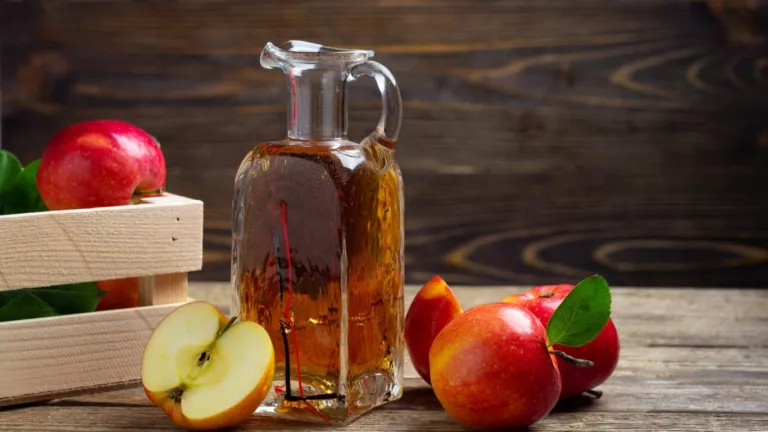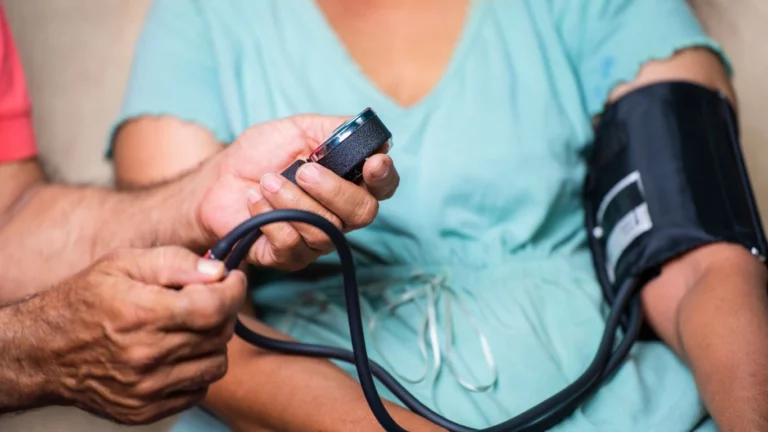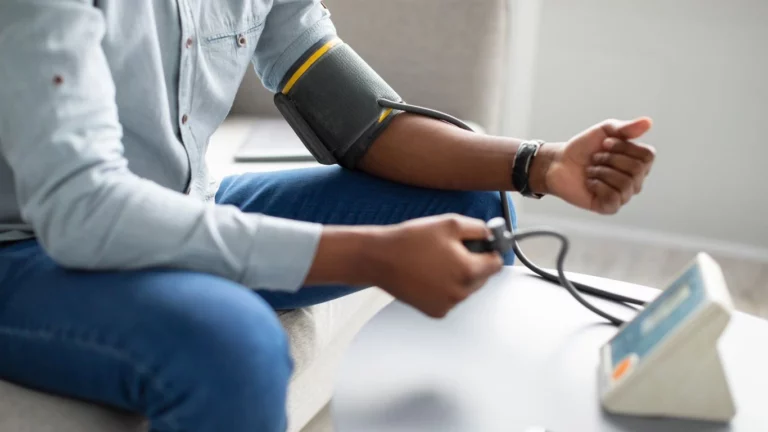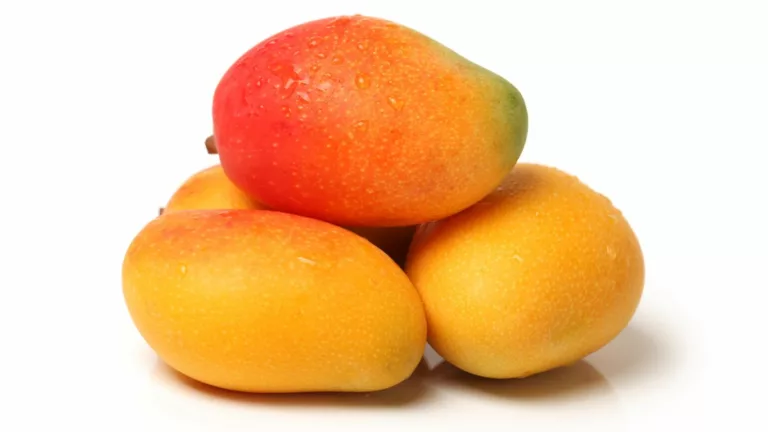🌱 The Role of Dark Leafy Greens in Hypertension Diets: A Healthy Heart Boost 🩺
If you’ve got high blood pressure, you’re definitely not alone. It’s one of those silent conditions that creeps up on you, and suddenly, your doctor’s telling you it’s time to make some changes. But here’s a little secret: you can totally manage it with the right diet, and dark leafy greens? They’re like your secret weapon.
In this post, let’s dive into why dark leafy greens, like spinach, kale, and collard greens, should be your new best friends if you’re looking to lower your blood pressure. Plus, I’ll share some tips on how to actually enjoy eating them (yes, it’s possible!) and throw in some real-life stories from people who’ve seen results. Let’s get into it!
Why Should You Care About Dark Leafy Greens? 🤔

Okay, first things first—what makes these greens so awesome? Well, they’re packed with two minerals that are basically superheroes when it comes to heart health: potassium and magnesium. These guys work together to help keep your blood pressure in check.
- Potassium helps balance out the sodium in your body (that’s the stuff in salt that can make your blood pressure rise). More potassium = less sodium’s effect on your blood pressure.
- Magnesium does its own thing, helping to relax blood vessels, which lowers the pressure they put on your heart.
And if you’re like, “Yeah, but do they taste good?” Don’t worry—I got you. There are plenty of ways to enjoy these greens without feeling like you’re chewing on grass.
The Science Behind It 💡

Now, let’s talk a bit about the science. Dark leafy greens aren’t just some trendy health food. There’s legit research showing that they help lower blood pressure. Potassium, for example, helps your kidneys get rid of extra sodium. And magnesium? It helps keep your blood vessels relaxed, which makes it easier for your blood to flow without putting too much pressure on your heart.
But I get it—science can be a bit dry. The takeaway here is simple: the more you eat these greens, the better you’ll feel. Plus, it’s all-natural, so you’re doing your body a solid.
Real Talk: How to Add Dark Leafy Greens to Your Diet 🥬
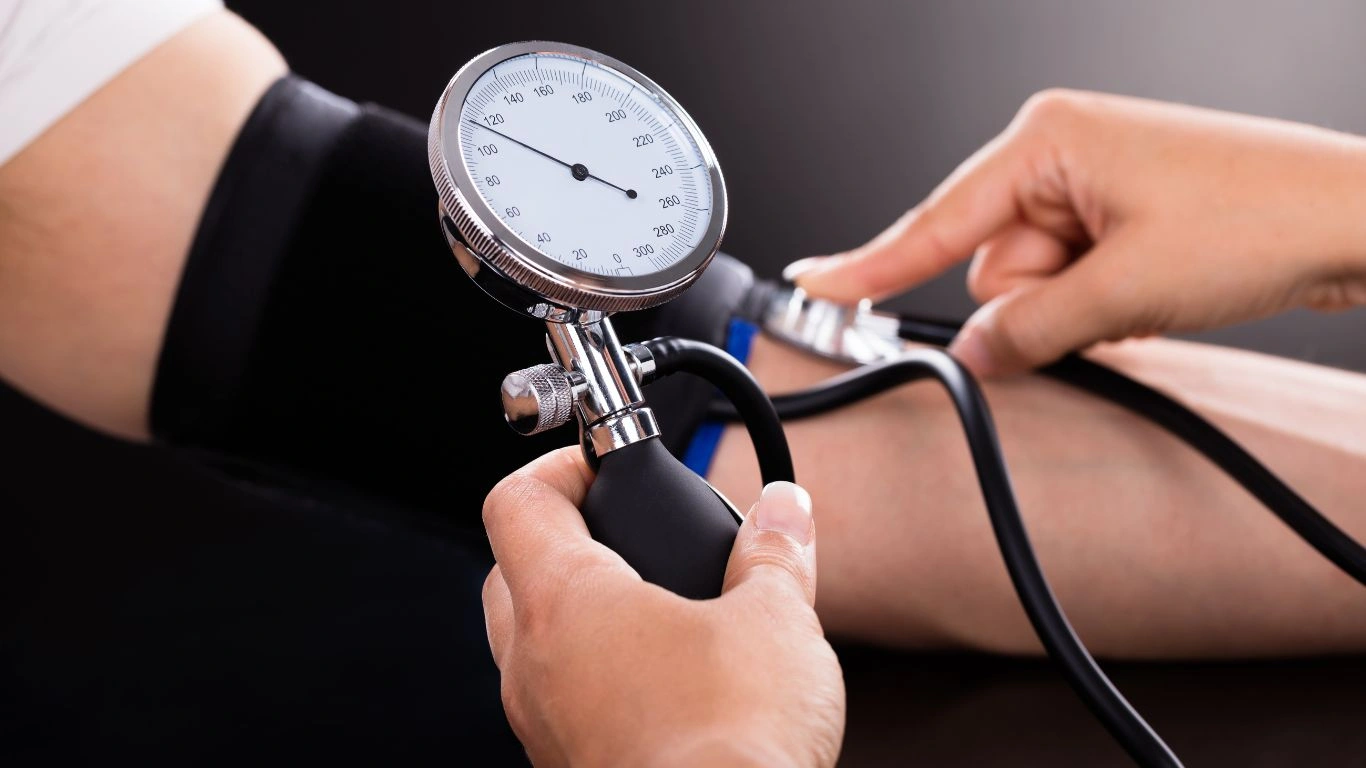
Here’s the thing—throwing spinach into a smoothie sounds easy, but if you’re not used to eating these kinds of veggies, it can feel like a chore. I totally get that. So let’s talk about ways you can sneak them into your meals without making it feel like a diet punishment.
- Smoothies: Start with a handful of spinach in your smoothie. Trust me, you won’t even taste it if you mix it with fruit like bananas or berries.
- Sautéed Greens: A little olive oil, garlic, and maybe some chili flakes? Throw some kale or chard in there, and it’s a tasty, easy side dish.
- In Soups and Stews: Add them to whatever you’re cooking. They blend right in, and you get all the nutrients without even thinking about it.
And hey, if you can’t stomach raw greens, don’t stress—cooking them can actually help your body absorb more of their nutrients.
Troubleshooting: Making It Work for You 💡
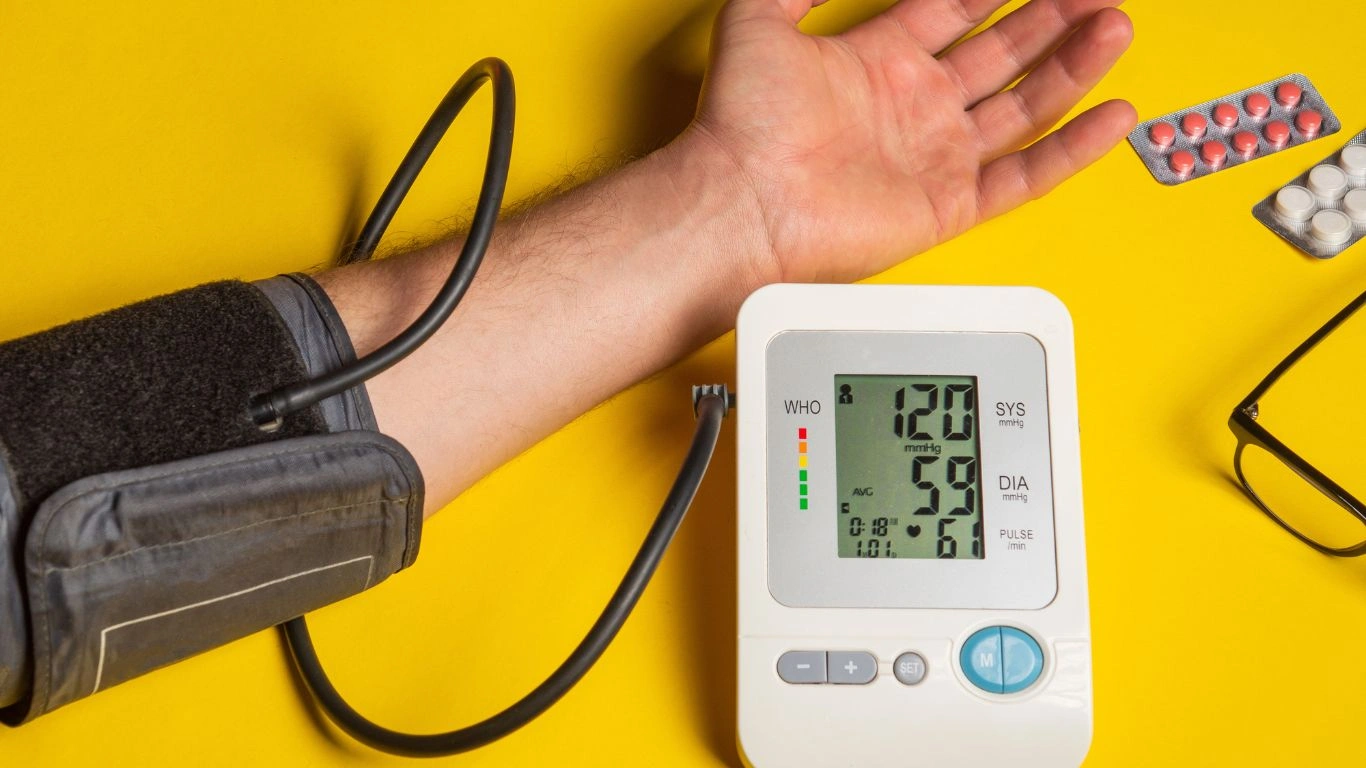
Now, let’s talk about some common struggles with adding more greens to your diet—and how to fix them. I’m not here to say it’s all easy-peasy, but there are ways to make it happen.
1. “I don’t like the taste of greens!”
Yep, I’ve been there. The first time I tried kale, I felt like I was eating the lawn. But it doesn’t have to be that way. Try adding greens into dishes you already love—like stir-fries, omelets, or even tacos. The flavors of garlic, lemon, and other spices can mask that “green” taste, and soon you might even start craving it.
2. “I don’t know how to store them!”
This one’s easy to fix—just wrap them in a damp paper towel and pop them in a plastic bag in your fridge. Keeps ‘em fresh for a good few days. Or, if you don’t want them to go bad too quickly, freeze them! Frozen greens are a great backup for smoothies or soups.
3. “They make my stomach upset!”
Some people have trouble with raw greens. If that’s you, try cooking them. Steamed or sautéed greens are usually easier to digest. And don’t forget to drink plenty of water when you’re eating them!
Success Stories: Real People, Real Results 💪
I love hearing about people who’ve made simple changes and seen real improvements. Here are a couple of stories I think you’ll find inspiring:
Maria’s Story
Maria, 56, was diagnosed with high blood pressure and decided to make some changes. She started adding more dark leafy greens to her meals, and within a few months, her doctor noticed a huge drop in her blood pressure. No more meds, just healthier eating. It’s that simple, sometimes!
John’s Journey with the DASH Diet
John, 45, was a bit skeptical about the DASH diet (Dietary Approaches to Stop Hypertension), but when he started incorporating greens like kale and collard greens, he saw a 15-point drop in his blood pressure in just six weeks. No crazy restrictions, just simple, wholesome food. He’s been sticking with it ever since.
Key Takeaways: What You Need to Know 🌟
Dark leafy greens (think kale, spinach, and Swiss chard) are packed with potassium and magnesium—two minerals that help lower blood pressure.
You don’t have to suffer through bland, raw greens. There are tons of delicious ways to include them in your meals.
With a little effort, you can start seeing results in your blood pressure in just a few weeks.
FAQs: You’ve Got Questions, We’ve Got Answers 🧐
- Q1: How much should I be eating?
Aim for at least 3-4 servings of dark leafy greens each week. A serving is about one cup of cooked greens or two cups of raw greens. - Q2: Will greens alone lower my blood pressure?
They can help, but they’re just one piece of the puzzle. Pair your greens with other heart-healthy habits, like reducing sodium, exercising, and managing stress. - Q3: Are frozen greens okay?
Absolutely! Frozen greens are just as nutritious as fresh ones, and they’re super convenient. Plus, they last way longer.
References 📚
- American Heart Association. “Heart-Healthy Eating.”
- Mayo Clinic. “How to Manage High Blood Pressure with Diet.”
- National Institutes of Health. “Magnesium and Potassium for Heart Health.”
Disclaimer ⚖️
This blog is here for informational purposes and isn’t a replacement for professional medical advice. If you’ve got high blood pressure, make sure to talk to your doctor before making major diet changes.
Call to Action: Let’s Do This! 💪
Ready to give your blood pressure a little TLC? Start adding some dark leafy greens to your meals today. And hey, don’t forget to share your favorite green recipes with me—I’d love to hear how you’re making them work for you!

